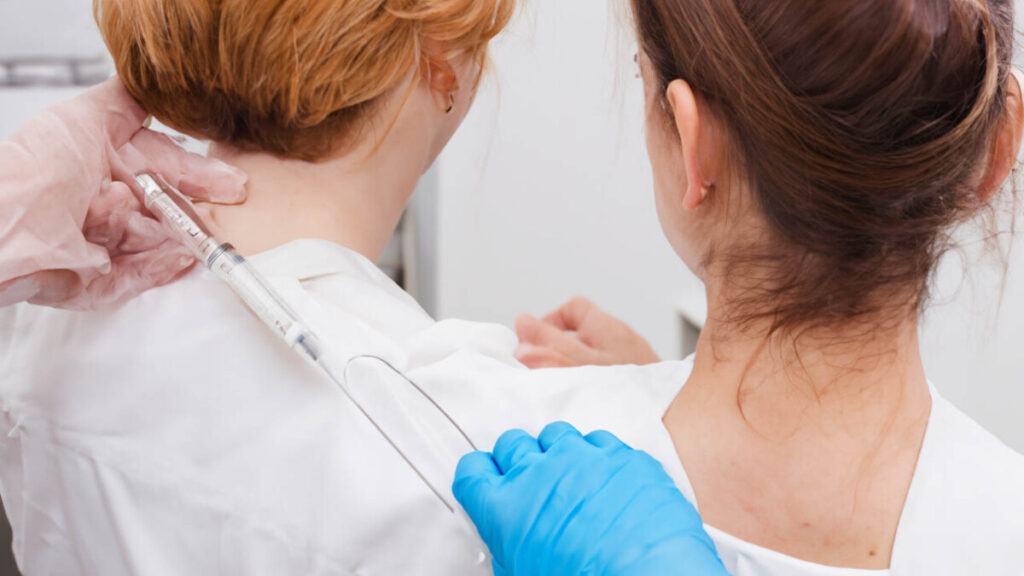Bottom Growth: What to Expect and How to Prepare

As a medical doctor, I often see patients who are curious about bottom growth. Bottom growth is a term used to describe the physical changes that occur in the genitals of people who are assigned female at birth (AFAB) when they start taking testosterone. These changes can include:
- Increased size and sensitivity of the clitoris
- Growth of the labia minora and majora
- Development of scrotum and testicles
Bottom growth typically begins within the first few months of starting testosterone therapy and continues for up to two years. The amount of growth that occurs varies from person to person.
Bottom growth is a normal and expected part of testosterone therapy. It can help people who are AFAB feel more comfortable in their bodies and aligned with their gender identity.
If you are considering testosterone therapy, it is important to talk to your doctor about bottom growth. They can help you understand what to expect and answer any questions you may have.
Here are some additional things to keep in mind about bottom growth:
- Bottom growth is not a guarantee of sexual satisfaction. Some people who experience bottom growth may find that their sexual function improves, while others may not.
- Bottom growth is not a substitute for bottom surgery. If you are interested in bottom surgery, you should talk to your doctor about your options.
- Bottom growth is a permanent change. If you decide to stop taking testosterone, your bottom growth will not go away.
If you have any questions or concerns about bottom growth, please talk to your doctor. They can help you make the best decision for your individual needs.
What is Testosterone?
Testosterone is a hormone that is produced in the testicles in males and the ovaries in females. It is responsible for a number of physical changes in the body, including:
- Increased muscle mass
- Deepening of the voice
- Growth of facial and body hair
- Increased sex drive

Testosterone can also be taken as a medication to treat a number of conditions, including:
- Low testosterone levels
- Androgenetic alopecia (male pattern baldness)
- Osteoporosis (bone loss)
- Polycystic ovary syndrome (PCOS)
How Does Testosterone Cause Bottom Growth?
Testosterone causes bottom growth by stimulating the growth of the clitoris, labia minora, and majora. It also causes the development of a scrotum and testicles.
The amount of bottom growth that occurs varies from person to person. Some people may experience significant growth, while others may experience little or no growth.
What Can I Expect During Bottom Growth?
During bottom growth, you may experience some of the following changes:
- Increased sensitivity in the clitoris
- Growth of the labia minora and majora
- Development of scrotum and testicles
You may also experience some discomfort, such as itching or soreness. If you experience any discomfort, talk to your doctor.
How Long Does Bottom Growth Last?
Bottom growth typically begins within the first few months of starting testosterone therapy and continues for up to two years. However, some people may continue to experience growth for up to five years.
What If I Want to Stop Testosterone Therapy?
If you decide to stop taking testosterone therapy, your bottom growth will not go away. However, the growth may slow down or stop.
Bottom growth is a normal and expected part of testosterone therapy. It can help people who are AFAB feel more comfortable in their bodies and aligned with their gender identity. If you are considering testosterone therapy, it is important to talk to your doctor about bottom growth. They can help you understand what to expect and answer any questions you may have.
here is a bibliography for the information you provided about bottom growth:
- Deeks, C., Dunn, S., & Doraiswamy, M. (2016). Bottom growth: A guide for transgender men. San Francisco, CA: Trans Lifeline.
- Hines, S. (2017). Transgender bodies: A guide for families, friends, and clinicians. New York, NY: Oxford University Press.
- Lev, A. I. (2016). Transgender emergence: Therapeutic pathways for gender identity development. New York, NY: Routledge.
- Pfeffer, N. (2014). Transgender health: A guide for providers. Philadelphia, PA: Lippincott Williams & Wilkins.
- Tavel, A. R. (2017). Testosterone for transgender men: A guide for patients and providers. New York, NY: Oxford University Press.